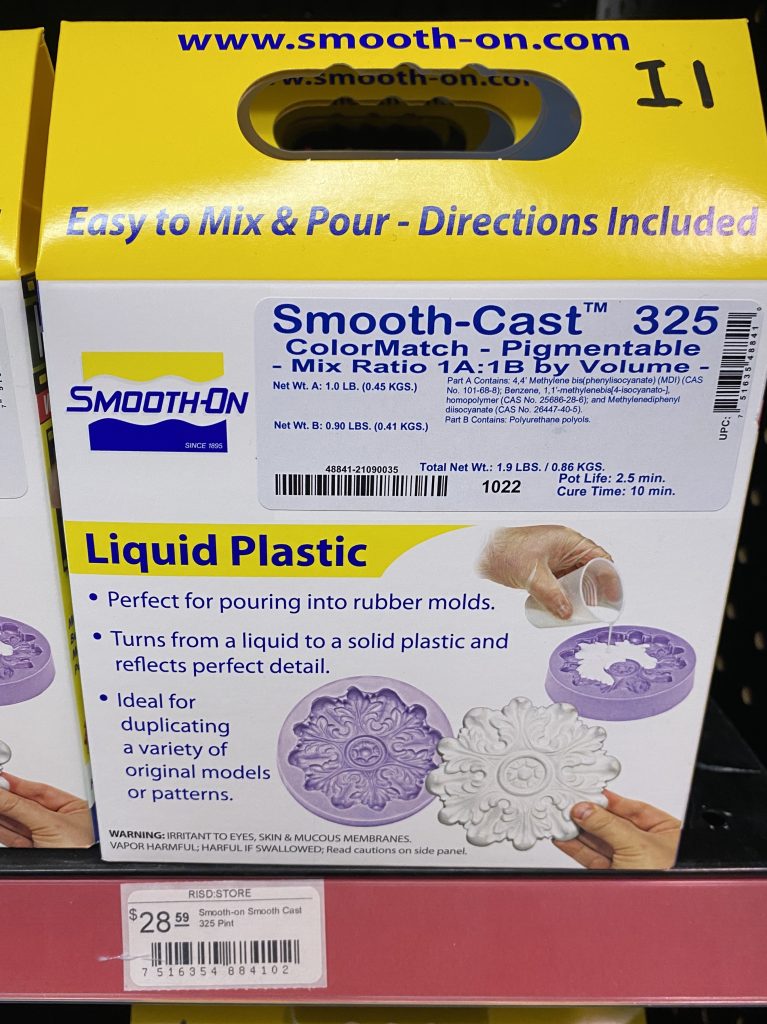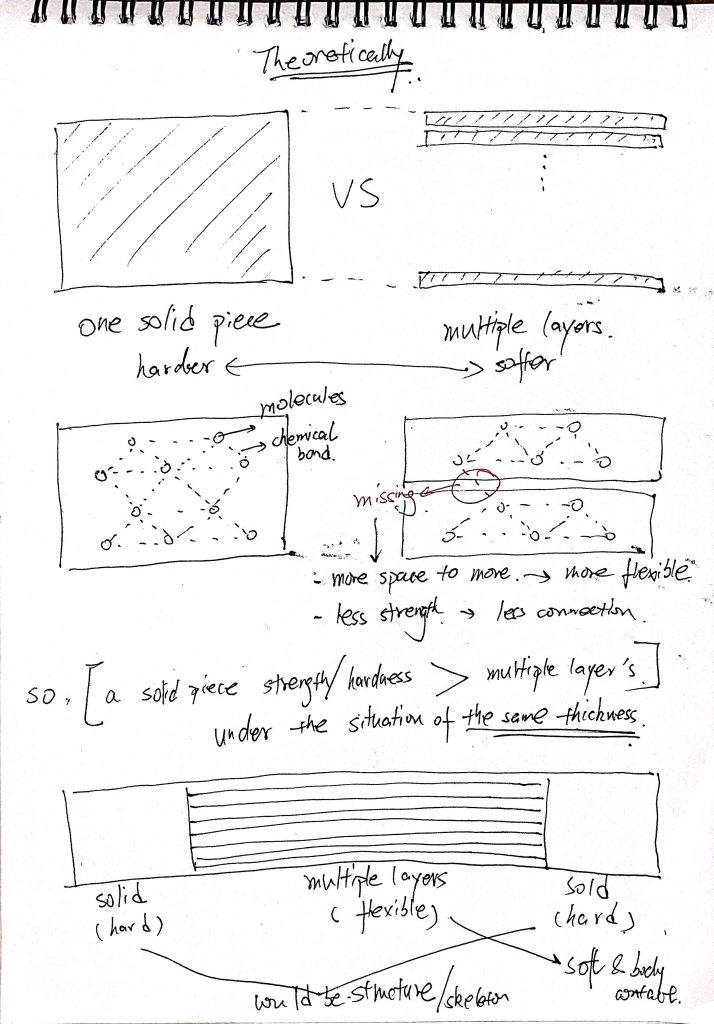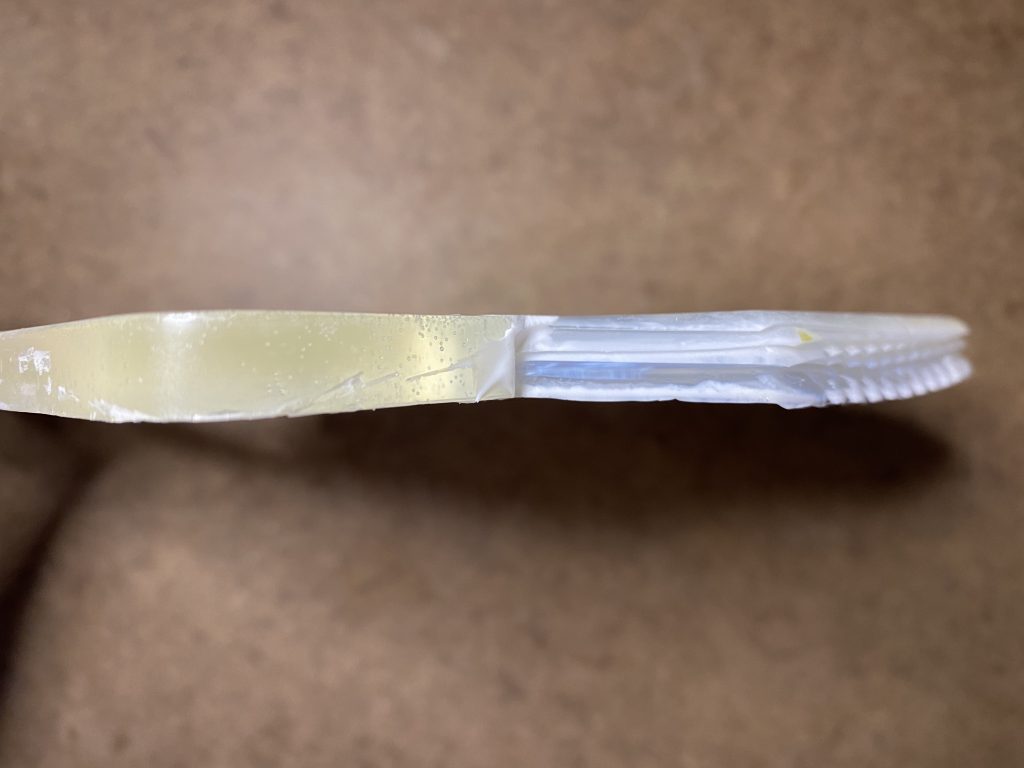METAL FOLDING
by Yuya Zhou / in MATERIAL & TECHNIQUE RELATED / on 01/30/2022
RESIN: Semi-solid, solid or pseudo-solid amorphous organic substances.
Generally, the molecular weight is relatively high, and there is no fixed melting point, but there is a softening or melting range. There is a tendency to flow under stress.

There are natural resin and synthetic resin. The former is usually a non-volatile organic solid produced by plants due to physiological (pathological) effects, such as rosin, amber, shellac, etc. The latter is a polymer because some of the polymers discovered earlier have physical forms and properties that resemble natural resins.
Rubber, Plastic, Acrylic, Resin, Glass, Organic Glass… these terms confused me a lot. To distinguish them, I drew a chart to indicate the relationship:
A Self-Directed Research:
To explore the material properties of resin, I bought this liquid resin and I found some material characteristic that can be used functionally:
A, the thickness of resin is control-able.
B, it is soft and flexible when it is thin, it is hard and rigid when it is thick.
I made some tests:

- Pottery Technique-Inspiration
There is a pottery making technique: Make a hollowed mold first. Pour the liquid material inside. Let the liquid cover the whole inner surface and pour the extra liquid out. Bake the mold. Make sure the inside is totally dry, then pour the liquid again to get a second layer. Repeat the process until the model gets the right thickness, break the mold and take out the model.
I tried the same technique by using the liquid resin, and it works well in resin.

- Change the shape when it is halfway curing
It feels funny when I take the resin out of the mold before the resin is totally cured. I could bend or shape the hot rubber-like resin in the way I like and it stays the shape when it cools down.

- Lamination
I came up with a question: If the multiple thin layers are more flexible than one solid piece when they are in the same overall thickness?


After testing, the multiple thin layers are more flexible than one solid piece under the same thickness.
The conclusion can be used in furniture design. For example, I make a chair out of resin, utilize the strength of solid resin to build the structure, while taking advantage of the flexibility of multiple thin layers to make upholstery part. Sounds fun, isn’t it?

Follow Us
Guangming Street #952 MiYun, BeiJing, China
yuya.zhou13@gmail.com | HTTPS://YUYAZHOU.COM